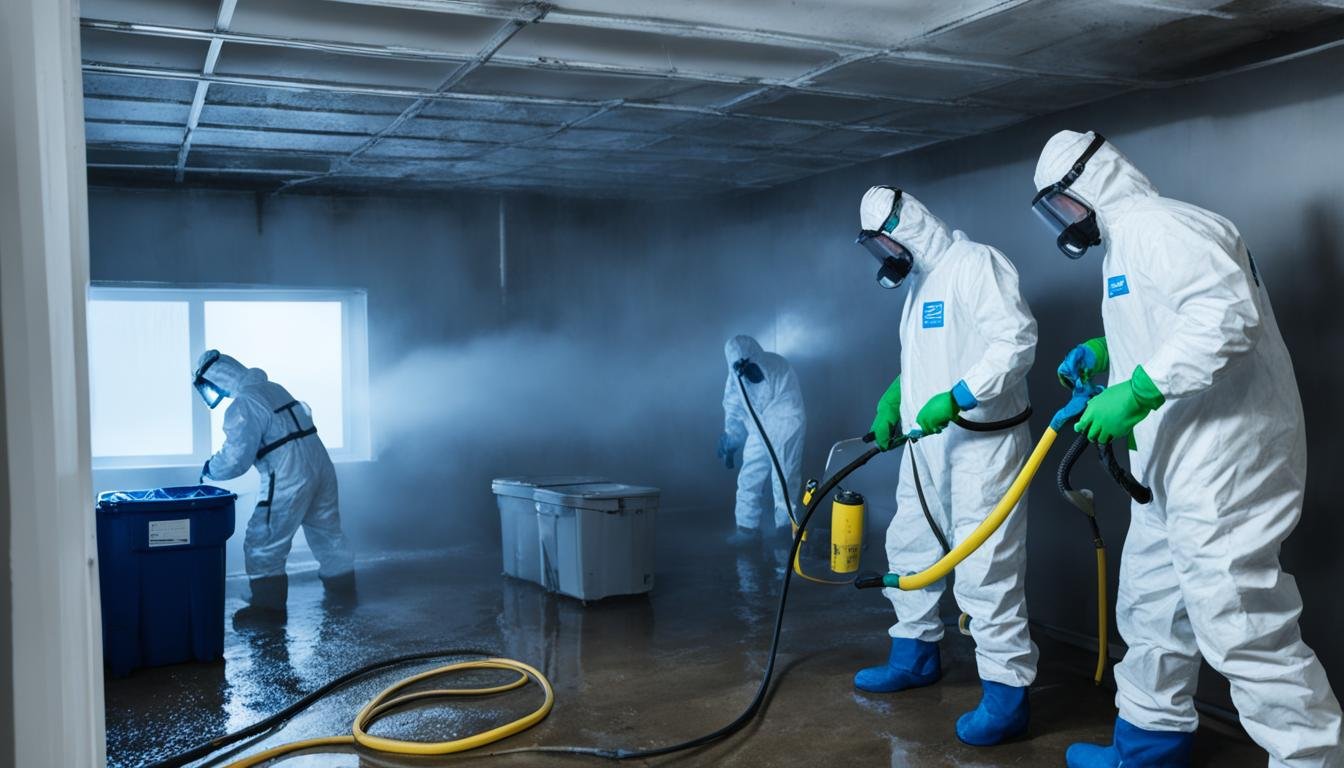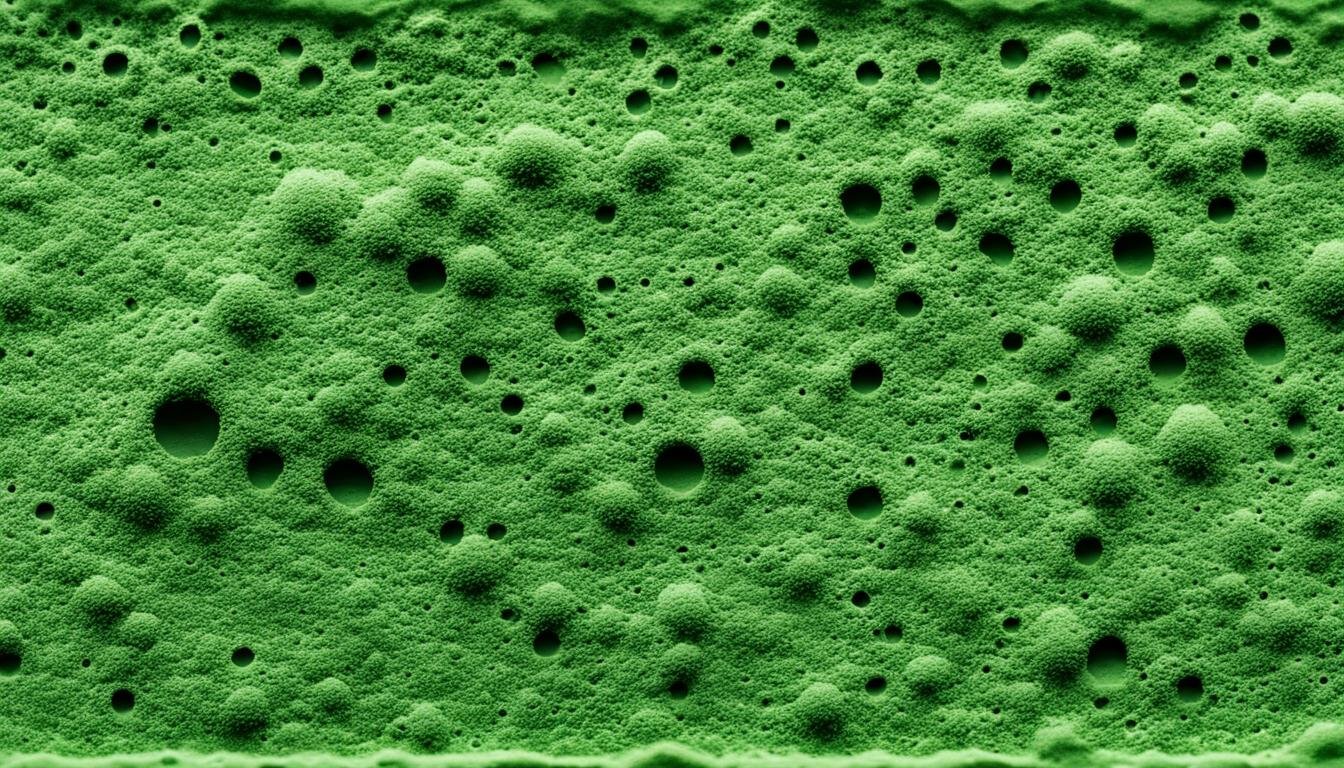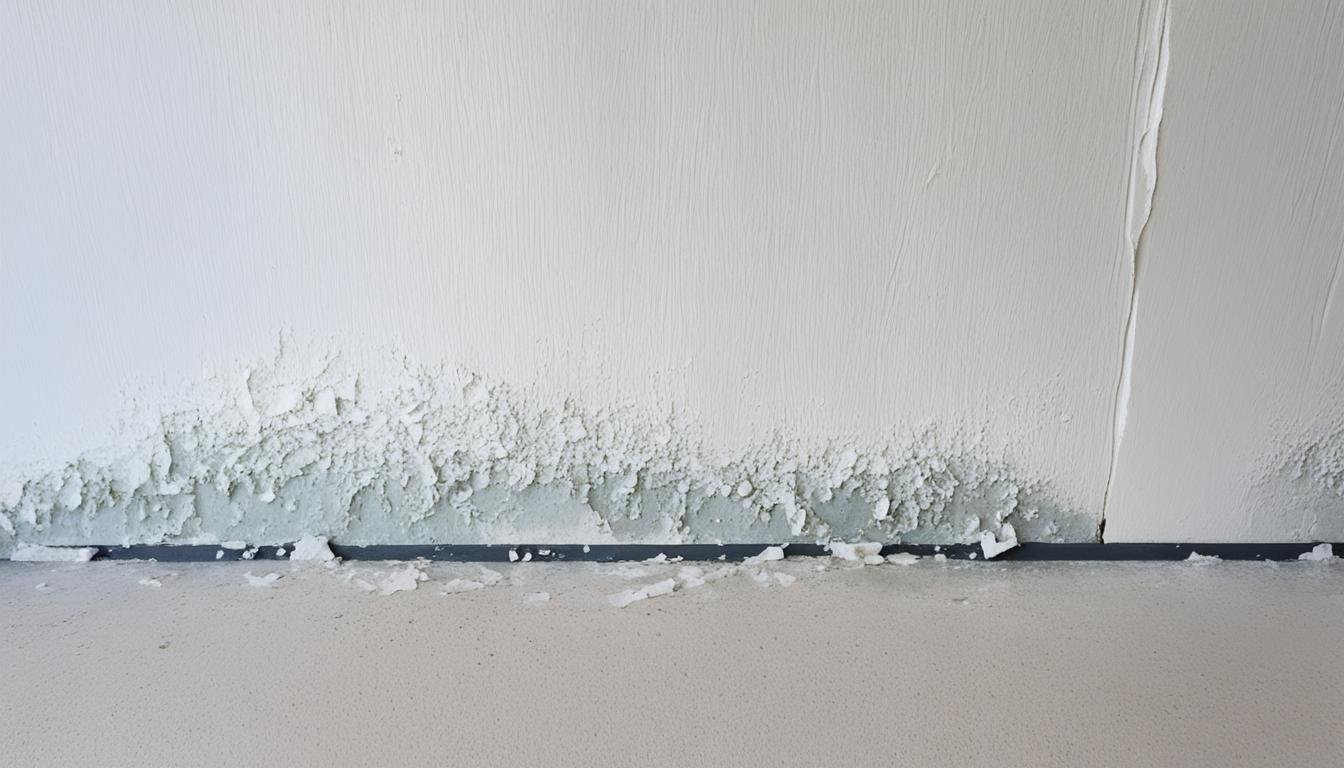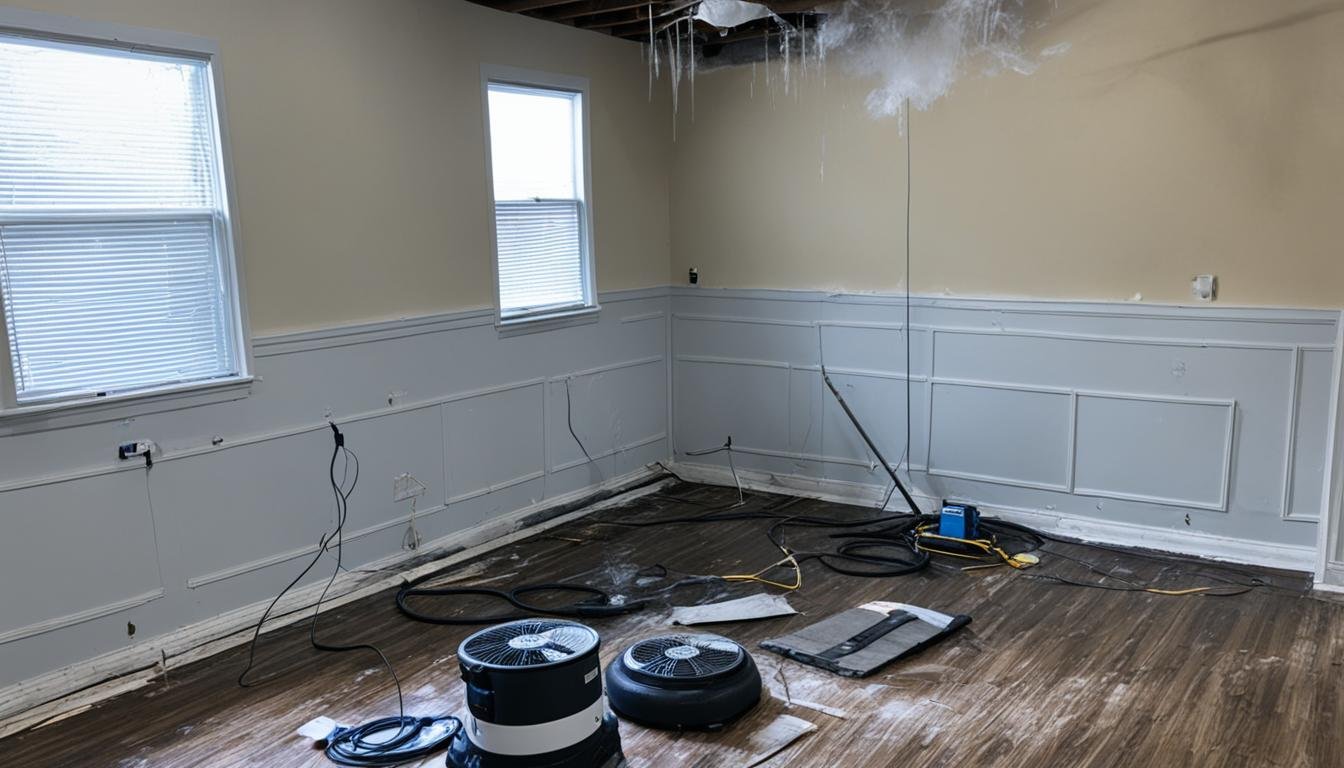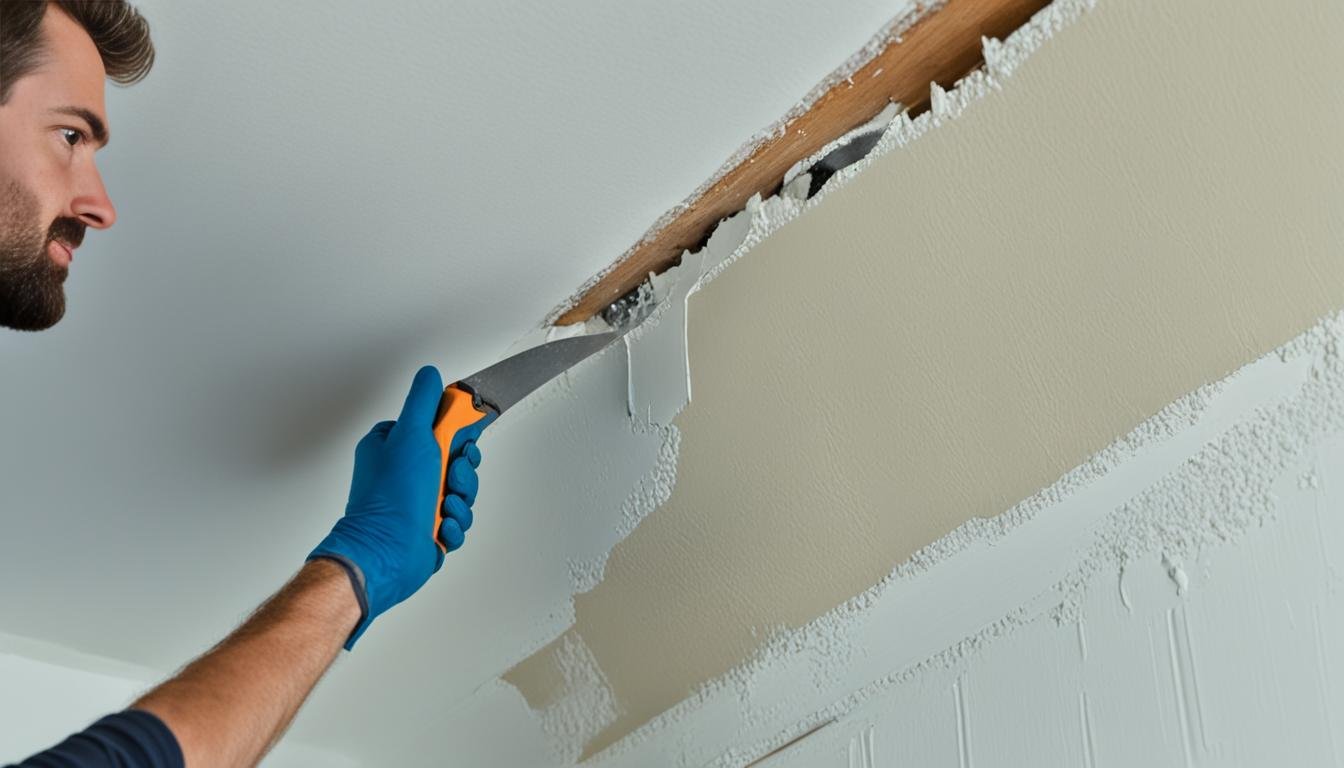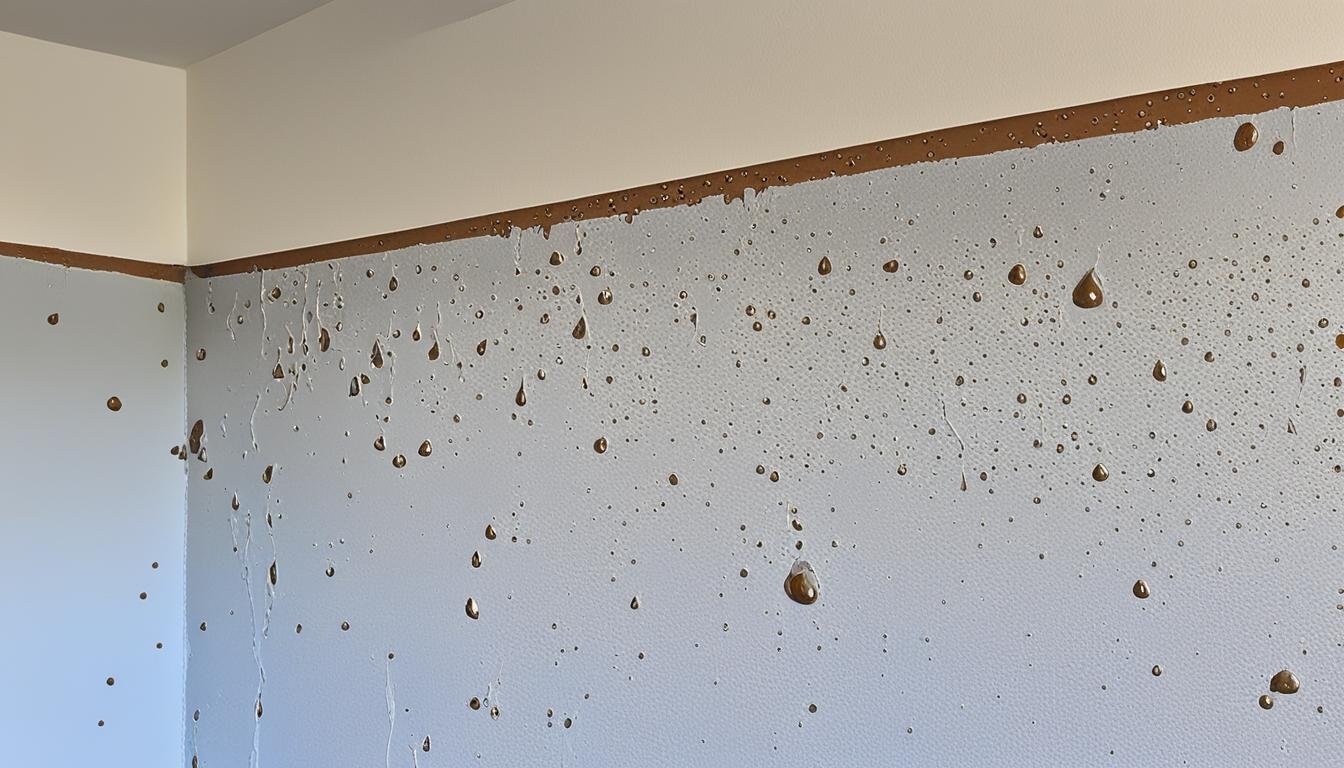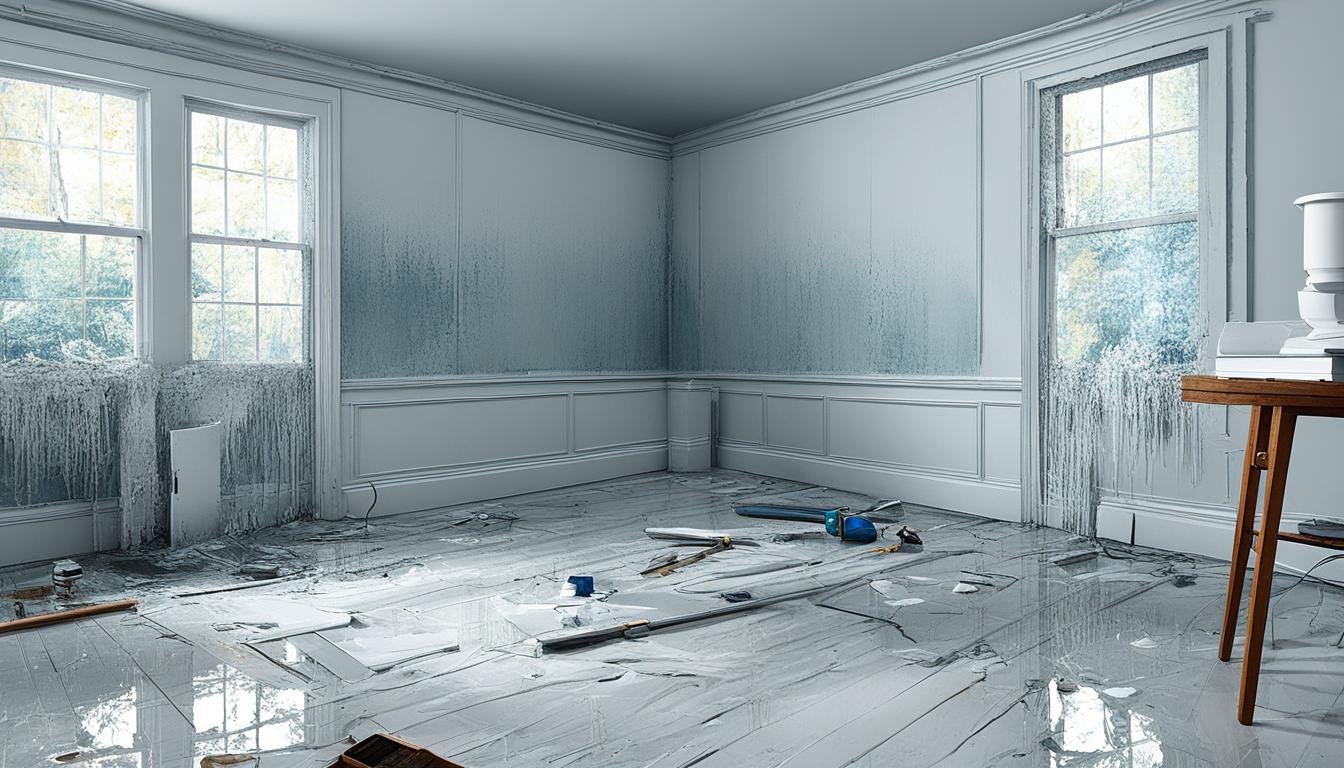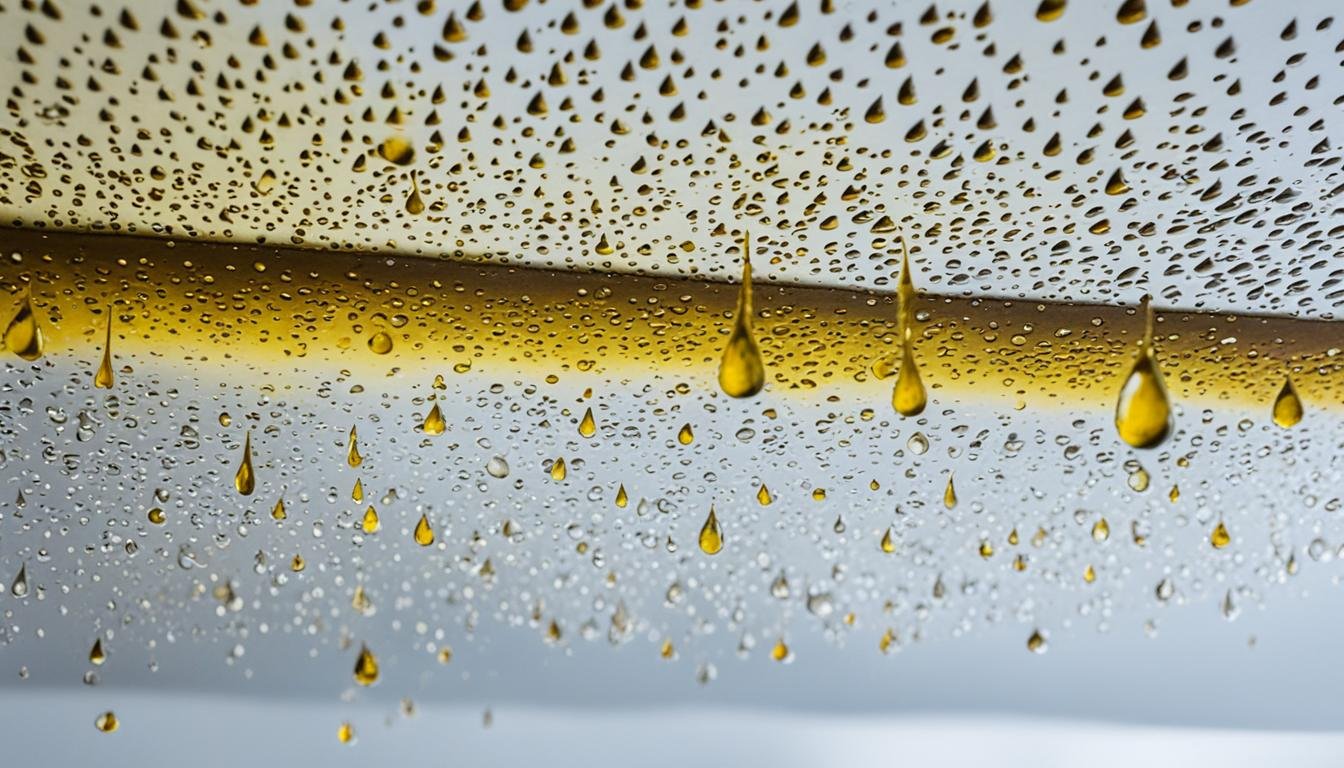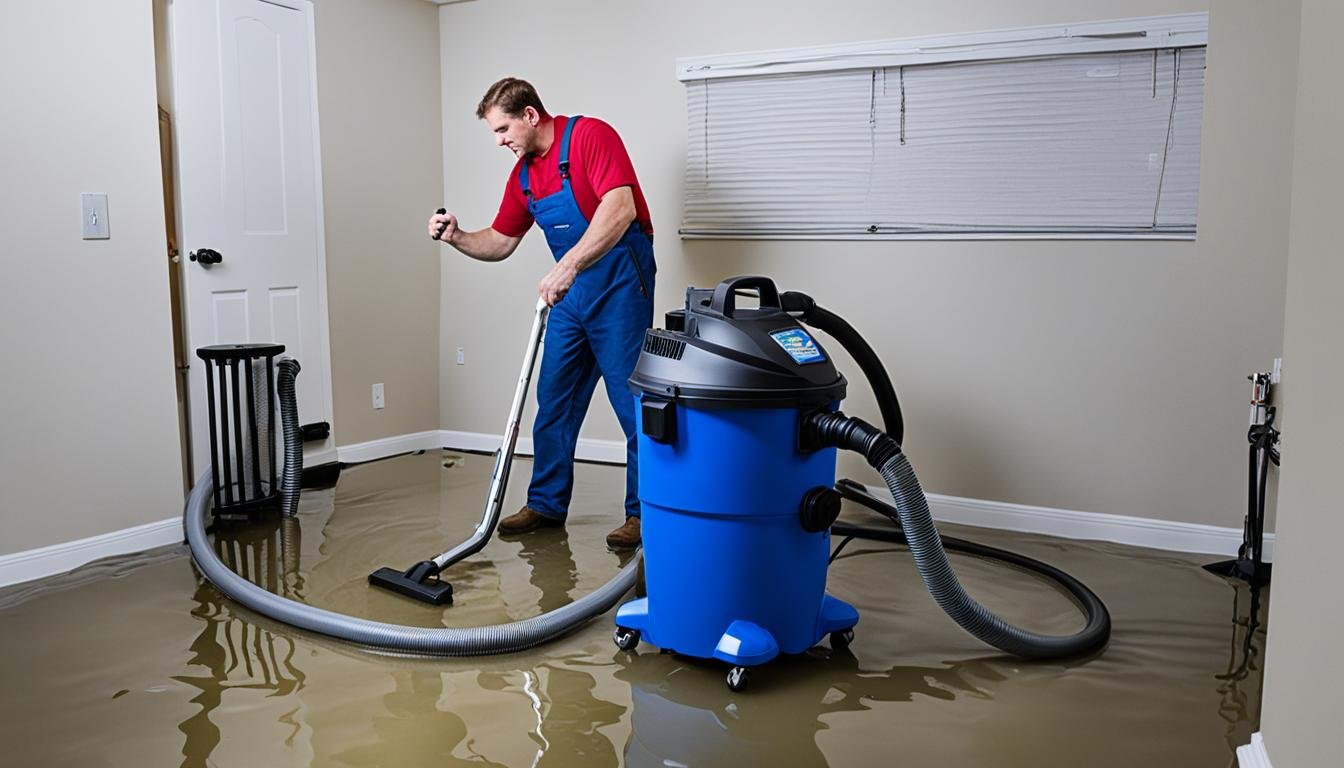Long-Term Solutions for Killing Mold
Did you know over 50% of US homes have mold? It’s a common and serious issue. Mold can affect your health and home’s structure. But, here’s the good news. There are ways to kill mold for the long term and stop it from coming back. Getting rid of mold for good means looking at why it grows. This includes fixing places with too much moisture, bad air flow, and things mold likes to eat. You should think about using materials that mold doesn’t like, adding dehumidifiers and fans, and fixing any leaks. Also, it’s smart to check your home often for mold and deal with it fast. If you’re in San Bernardino and need help, Water Damage Pros can inspect, test, and create a plan to remove mold. They’re experts at stopping mold from coming back. Key Takeaways Long-term solutions for killing mold tackle the reasons it grows, like moisture issues and what it feeds on. Using materials that resist mold, along with dehumidifiers and good air flow, helps keep it away. Checking your home often and fixing leaks and drainage quickly are key to stopping mold. For a complete mold removal plan, professional services can help. Water Damage Pros in San Bernardino is ready to support you with everything from inspections to full remediation. Understanding the Causes and Risks of Mold Growth What Causes Mold Growth? Mold often appears in homes with high humidity or poor ventilation. It loves places with organic materials, moisture, and oxygen. Simple things like cooking and showering can add moisture to the air, creating a great environment for mold. You don’t want mold in your house. It can ruin your home over time. Plus, it’s bad for your health. It can cause allergies, breathing problems, and, in some cases, harm your brain. So, keeping your home dry and well-ventilated is very important. Mold requires organic materials like wood, paper, or drywall to grow on. Moisture from sources such as leaks, condensation, and high humidity levels provides the necessary conditions for mold to thrive. Oxygen is the third key element that allows mold to proliferate and spread. Activities like cooking, bathing, and drying clothes indoors can contribute to excess moisture in the air, leading to mold growth. Mold is really bad, especially for those with weak lungs or immune systems. If you’re around mold a lot, you might start sneezing more, feel itchy, or get headaches. It’s not fun at all. Health Risks of Mold Exposure Affected Groups Allergic reactions, respiratory problems, and potential neurological effects Infants, children, older adults, those with allergies or asthma, and those with weakened immune systems Getting rid of mold can save your house and your health. Making sure your house isn’t too damp and has good airflow is key. If you find mold, it’s best to deal with it quickly. This can stop it from growing more and keep you and your family safe. Long-Term Solutions for Killing Mold To kill mold effectively and for good, we must find and fix the moisture problems. This means we need to stop the leaks, make sure the air circulates well with fans, and keep the air dry with dehumidifiers. It’s also smart to swap out materials that mold loves, like drywall, for ones that resist it better. Checking for mold often and testing when you’re not sure can stop big problems before they start. Water Damage Pros in San Bernardino (951-903-5429) have the skills to get rid of mold completely and make sure it doesn’t come back. Did you know that distilled white vinegar kills more than 80% of mold types? And you can use baking soda to kill mold naturally, with or without vinegar. You can get white vinegar at many stores and it’s cheap and safe for the environment. Mold Remediation Solution Effectiveness Availability Environmental Impact Distilled White Vinegar High (80% of mold species) Widely available Natural, non-toxic Baking Soda Effective (works with or without vinegar) Widely available Natural, non-toxic Concrobium Mold Control Highly effective Available at hardware stores Mild, non-toxic Bleach-based Cleaners (RMR-86) Highly effective for stain removal Available at hardware stores Harsh chemicals, potential environmental impact Natural Mold Killers (Benefect) Effective, environmentally friendly Available at specialty stores Natural, non-toxic Big cleanup jobs might need to be isolated to stop the mold from spreading. For wood, you might need a firm brush, while fabrics can be gently brushed. If the mold is deep inside wallboard or ceiling tiles, it might be best to call in a pro. “According to 2016 research, 10% to 50% of indoor living spaces in many parts of the world have significant amounts of mold growth.” Remember, bleach and vinegar mix together can be dangerous. Using eco-friendly cleaners is better for your health and the planet. Conclusion Mold is a major issue that can wreck homes and harm those living in them. Getting rid of mold means we have to stop its causes. This includes fixing leaks, improving air flow, cutting down humidity, and replacing things that mold loves. Turning to pros, like Water Damage Pros in San Bernardino, is the best move for serious mold problems. They have the right gear, use safe methods, and make your home mold-free again. It’s too risky for homeowners to handle big mold spots by themselves. Keeping your home from getting too humid is the best defense against mold. Checking for leaks often, fixing them right away, and controlling indoor moisture are all crucial. When it comes to fighting mold, prevention is key. This way, homeowners can create a safe and healthy space to live, without the worry of mold. FAQ What are the key long-term solutions for killing mold and preventing its return? Long-term mold removal tackles the reasons mold appears. These include moisture, bad airflow, and items mold likes. You can stop it by choosing materials that don’t encourage mold. Also, make sure your home gets enough air by using dehumidifiers and fans. Fix any leaks, help water drain away, and keep an eye …


